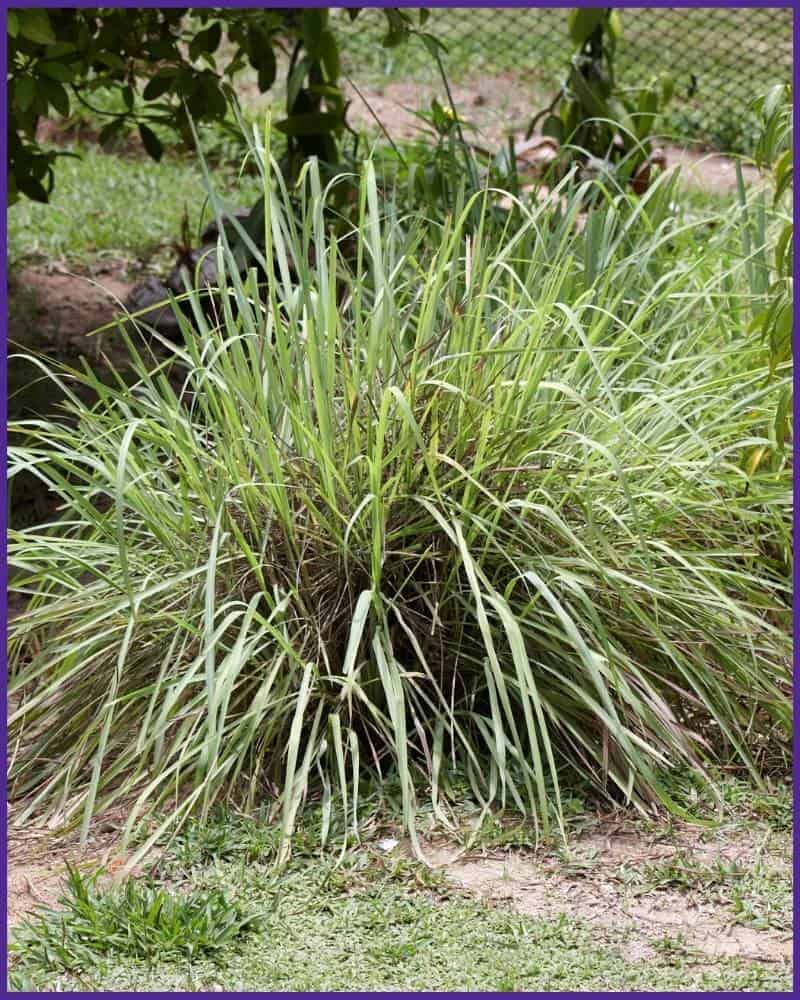Conquer Common Pests and Diseases of Citronella Grass with Ease!

Citronella grass has this reputation—thanks to a million “natural mosquito repellent” articles—as some sort of garden superhero. But if you’ve ever watched your plant droop, spot, or get sticky despite your best efforts, you know the truth: citronella isn’t invincible.

Here’s the thing most gardening guides gloss over: experts often make troubleshooting citronella grass sound way more complicated than it needs to be. You don’t need a degree in botany or a shelf full of specialized sprays. What actually works is a handful of basic habits, done consistently (and with a bit of curiosity).
Let’s untangle what really happens when pests and diseases show up—and how you can fix it without losing your mind or your plant.
Citronella Grass: Not as Pest-Free as You’ve Heard
Years ago, I planted my first citronella clump right by my patio door, convinced it would chase away every bug and stay picture-perfect all summer. By June, the leaves were curled and sticky; a closer look revealed tiny green aphids camping out under every shoot. That was my wake-up call: no plant is immune.

If you see honeydew (that shiny residue), faded leaves, or powdery orange spots—don’t panic. These are common issues even for careful growers.
Meet the Real Offenders (And How to Spot Them)
Forget memorizing long lists of pests—just learn their calling cards:
Aphids
- What you’ll see: Clusters of soft green or black bugs on new growth.
- The giveaway: Sticky residue on leaves (it feels tacky if you touch it).
Spider Mites
- What you’ll see: Pale speckles and fine webbing; leaves may look dull.
- Tip: Hold a white piece of paper under a leaf and tap—the mites drop off like dust.
Mealybugs
- What you’ll see: White fluff in the joints where leaves meet stems.
- Texture: It feels waxy or cotton-like if you rub it between your fingers.
Leaf Spot
- Symptoms: Yellow-brown dots with dark edges; sometimes these spots dry out and fall through.
- When it flares up: After rainy spells or if plants are crowded together.
Rust
- Symptoms: Orange powder on leaf undersides—like someone dusted them with cinnamon.
- Prime time: Warm, humid weeks with poor air flow.

Why Overthinking Treatments Backfires
I used to keep four kinds of sprays—one for each possible problem—and still ended up chasing symptoms instead of solving them. The breakthrough came when I stopped looking for magic bullets and focused on three basics:
- Physical removal (just cutting out the worst bits)
- Simple sprays (insecticidal soap OR neem oil—not both at once)
- Changing conditions (better spacing + smarter watering)
The truth? Most pests and diseases collapse if you consistently do those three things.
My “Keep It Simple” Routine
Here’s what actually works after years of trial-and-error:
For Bugs (Aphids/Spider Mites/Mealybugs):
- Mix up insecticidal soap or neem oil per instructions—no need to douse everything, just coat affected areas.
- Treat once every 7–10 days until there’s no sign left.
- Rinse leaves gently before spraying if they’re really grimy—that helps treatments stick better.
For Fungal Issues:
- Grab scissors wiped with rubbing alcohol and cut away spotted or rusty leaves.
- Space out pots so air can move freely between them.
- Always water right at soil level; avoid wetting the foliage completely.
Universal Step: Weekly Checkups
Every Sunday morning I walk around my small garden with coffee in hand, peeking under leaves and snapping quick phone pics. That habit alone catches problems before they explode.

Two Quick Stories from My Own Patch
Rainy Summer Rescues
In July 2021—a muggy month here—my own citronella turned limp overnight after back-to-back storms. The culprit? Spider mites thriving in the damp stillness. I pruned hard, moved the pot into an open corner where wind could hit it, then sprayed lightly with diluted dish soap twice over two weeks. The new growth came back glossy within days.
Unexpected Aphid Invasion
Just last spring I noticed ants parading up my citronella stems—a sure sign aphids had arrived to farm them for honeydew. Instead of panicking, I wiped down stems with soapy water using an old rag, then sprayed insecticidal soap two weekends in a row. No chemicals needed—the ants left when their food source vanished!

Troubleshooting When It Doesn’t Go Smoothly
Sometimes things stall out even when you follow directions:
- If yellowing won’t quit: let soil dry longer between waterings—citronella hates soggy feet more than occasional dryness.
- If bugs ignore your spray: alternate between neem oil one week and insecticidal soap the next—it keeps them guessing.
- If fungus keeps popping up: trim surrounding plants too; airflow is everything.
- Sensitive pets/kids nearby? Stick to mild soaps/neem oil only; skip anything labeled “systemic.”
Above all: don’t expect instant results! Consistency beats intensity every time—I’ve seen plants bounce back from near-death after three steady weeks of gentle care.
The Takeaway: Simplicity Wins
You don’t need fancy tools or expert-only formulas:
- Inspect closely once a week—lift those leaves!
- Remove damage fast—don’t wait for spots to spread.
- Pick ONE safe spray (soap/neem) and use it regularly—not every day, but steadily each week.
- Give your plant space—crowding breeds problems.
- Water smartly from below—not above—to keep fungal issues at bay.
- Track progress with photos—you’ll spot improvement sooner than by memory alone.
And remember—even seasoned gardeners lose battles now and then! The difference is noticing early and acting simply rather than overcomplicating things.
Picture that moment two weeks from now when new shoots unfurl bright green against healthy stalks…all because you kept things straightforward instead of chasing complex cures.
That’s how real-world gardeners win—with attention, patience, and simple routines that anyone can master—even when experts try to make it sound harder than it really is!



